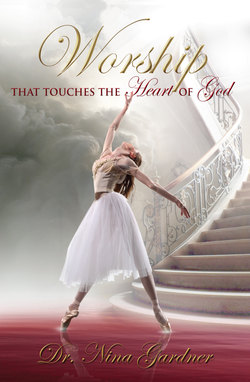Читать книгу Worship That Touches the Heart of God - Nina Gardner - Страница 24
На сайте Литреса книга снята с продажи.
The Holy Place (Inner Court)
ОглавлениеThe Holy Place was also known as the Inner Court which held three items: the Table of Shewbread, the Candlestick, and the Altar of Incense.
The Table of Shewbread was on the right as the priest walked into the Holy Place. Every Sabbath, two rows of six loaves of bread, sprinkled with frankincense were laid on the table. These twelve loaves of bread represented the twelve tribes of Israel to be fragranced by the presence of God in the Holy Place. Only the High Priest and his family partook of this bread and they were not to be seated as they ate. The symbolism was that God has a special place for His covenanted people in the Holy Place. The frankincense was fragrant but was also used as a healing balm for many illnesses. The scripture says that healing is the children’s bread (Matthew 15:24-26) which is symbolic of Jesus as the Bread of Life. We can now experience the fragrance of His presence as we partake of the Bread of Life, which is Jesus, in this Holy Place (John 6:33, 35, 48-51).
The Candlestick, also known as the Lampstand or Menorah, was on the left as the priests entered into the Holy Place. It had seven lamps which were symbolic of the seven eyes and the seven Spirits of God (Revelation 5:6). This Candlestick lit the Holy Place and the priests were required to maintain the oil and keep the wicks trimmed twice daily so the flame of God never went out (Exodus 27:20-21). The symbolism is that we are to keep the fire of God continually burning inside us. We are responsible for keeping the oil of His presence through worship by trimming off the old things in our life so the light of God can shine through us into the Holy Place (Matthew 25:7-8).
The Altar of Incense was also known as The Golden Altar because it was made of acacia wood and overlaid with gold. For God’s own pleasure, this altar was specially designed to continually burn His exclusive formula of perfume which could only be made by the apothecary that God anointed, (Exodus 30:25, 37). Twice daily, during the morning and evening oblations, the four horns of this Golden Altar were sprinkled with the blood of the sin offering. In addition, the perfume was waved twice a day over the Candlestick after the priest had trimmed the wicks and filled it with oil. Once a year, on the Day of Atonement, the high priest filled the censor with incense and waved it through the veil prior to his entrance into the Most Holy Place. The symbolism is that we are to offer up a continual fragrance of worship as an incense unto God by the fruit of our lips (Hebrews 13:15), and that our lives should be a sweet smell in the presence of God, meaning that we walk by the Spirit and not by our human, fleshly desires that is a stench to God. This smell gives us access through the veil into the Holy of Holies.
